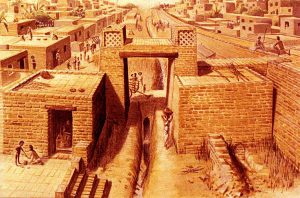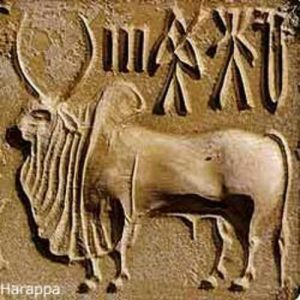Undoubtedly, you’ve wanted to see the most revered and picturesque sites of the world and bask in their ancient glory; but have you ever stopped to think about how the tourism industry is affecting the cultural heritage of the sites in question? What many do not know is that the business of tourism is responsible for the destruction of cultural patrimony all around the world.
What’s wrong with the tourist industry is that in most cases, it takes money out of the country to profit big businesses and in turn neglects the landscape and the environment, as well. A prime example of this is Cambodia with its stunning temples at Angkor Wat. While thousands flock to this site, the government uses tourist money to build contemporary hotels in the vicinity around the temples, rather than protecting the temples themselves. As a result, many of the ruins are sinking into the ground, and modern infrastructure is taking precedent. If Cambodia put less stress on the profits of big businesses within the tourist industry, this predicament could be remedied.
Another sad example is the city of Venice. While over 20 million visitors swamp this site per year, it’s root population of less than 60,000 is being threatened by flooding—the land actually sinks about 2 to 3 mm (.08 to .012 inches) per year. Landmarks are at risk for being lost forever, and the surge of tourists the city experiences doesn’t help.
So, what’s the solution to all this? A lot can be changed by avoiding what experts call “drive-by tourism”—staying for a few hours, days at the most, and only appreciating the surface of the sites presented to them with little regard to the culture or people. Instead, tourists should focus on immersing themselves in the country, rather than exploiting the site to benefit their social media feeds.
However, it is worth noting that not all aspects of tourism are inherently corrupt. Tourism has economic and cultural impacts that actually help and sustain countries. The implications of such factors, though, are dependent on how the country manages them. In Costa Rica, for example, all tourism is turned into something called “eco-tourism”—a system which not only benefits the local economy, but protects the native wildlife, as well. Culturally, France has the right idea of how to handle tourism. While being the most popular destination in the world, it has not given into the overdevelopment of the landscape. Instead, they sustain their existing cultural heritage and put emphasis on the locals instead of tourists.
Sources:
Magraw, Leslie Trew. “Is Tourism Destroying the World?” Intelligent Travel. April 07, 2016. Accessed November 12, 2017. http://intelligenttravel.nationalgeographic.com/2013/04/15/is-tourism-destroying-the-world/.
Staff, Live Science. “Venice Menace: Famed City is Sinking & Tilting.” LiveScience. March 21, 2012. Accessed November 12, 2017. https://www.livescience.com/19195-venice-sinking-slowly.html.
Further Reading:
Images:
http://www.phnompenhpost.com/post-plus/angkor-wat-remain-asean-tourism-magnet
http://www.alamy.com/stock-photo-wildlife-watching-in-the-rainforest-costa-rica-ecotourism-with-a-local-24501217.html




